Description
The instruction for medical use of DUOPROST medicine the Trade name of Duoprost the International unlicensed name Is not present the Dosage form of the Drop eye, 2.5 ml Structure 1 ml of drug contains active agents: latanoprost 0.05 mg, Timololum a maleate (in terms of Timololum) 6.83 mg (5.00 mg), excipients: dinatrium phosphate dodecahydrate, sodium dihydrophosphate a dihydrate, sodium chloride, a benzalkoniya chloride, 1 M solution of sodium of hydroxide or 1 M acid chlorohydrogen, the water purified. OpisanieProzrachnyy colourless solution without mechanical inclusions Pharmacotherapeutic group Drugs for treatment of diseases of eyes. Protivoglaukomny drugs and miotik. Beta blockers. Timololum in a combination with other drugs. The ATX S01ED51 code the Pharmacological Pharmacokinetics of Pharmacokinetic Interactions properties between latanoprosty and Timololum ma-lyate it is not established though in 1-4 hours after use of the combined drug the concentration of acid of the latanoprost in watery moisture was approximately twice higher, than at monotherapy. Latanoprost Latanoprost is soaked up through a cornea where there is its hydrolysis under the influence of esterases to biologically active acid. Acid of the latanoprost is defined in watery moisture within the first 4 hours, and in blood plasma – only within the first hour after topical administration. The maximum concentration of the latanoprost (about 15-30 ng/ml) in watery moisture is reached in 2 h after topical administration. After use in the form of eye drops latanoprost it is distributed, first of all, in a front segment, in a conjunctiva and in centuries and only the insignificant amount of drug reaches a back segment. The latanoprost acid coming to a system blood stream is metabolized, generally in a liver by beta oxidation of fatty acids with formation of 1,2-dinor- and 1,2,3,4-tetraholes-metabolites which have no or have weak biological activity. Metabolites, are generally removed with urine (88% of the entered dose). Plasma elimination half-life (t1/2) makes 17 min. The bioavailability of the latanoprost in the form of acid is 45%. Timololum a maleate At topical administration of Timololum the maleate quickly gets through a cornea. After instillation of eye drops the maximum concentration of Timololum in watery moisture of an eye is reached in 1 h. A part of a dose is exposed to system absorption, and the maximum concentration in blood plasma making 1 ng/ml is reached in 10-20 minutes after use of drug on one drop in each eye once a day (300 mkg/days). The insignificant amount of Timololum a maleate gets to a system blood stream by absorption through vessels of a conjunctiva, mucous a nose and a plaintive path. Removal of metabolites of Timololum is carried out mainly by kidneys – with urine. Plasma elimination half-life (t1/2) makes about 6 h. A pharmacodynamics two active components – latanoprost and Timololum a maleate are a part of the drug Duoprost. The mechanism of decrease in the increased intraocular pressure (VGD) at these components is various that provides additional decrease in VGD in comparison with the effect which is reached at use of each of these components in the form of monotherapy. Latanoprost – F2a prostaglandin analog, is selection agonist of receptors of a prostanoid of FP. Latanoprost reduces VGD by increase in outflow of watery moisture, mainly, in the uveoskleralny way and also through trabecular network. Has no significant effect on products of watery moisture and on a blood-ocular barrier. During short-term treatment latanoprost does not cause infiltration of a flyuorestsein in a back segment of an eye at a psevdofakiya and at use in therapeutic doses does not render significant pharmacological effect on cardiovascular and respiratory systems. Timololum – non-selective β-1- and β-2 adrenoblocker which has no significant internal sympathomimetic activity has no direct depressive impact on a myocardium or the local anesthetizing (membrane stabilizing) effect. Maleate Timololum use in the form of eye drops causes decrease in the raised and normal VGD irrespective of existence or absence of glaucoma. The exact mechanism of decrease in VGD under the influence of Timololum of a maleate is not installed – the main mechanism of action can be connected with reduction of formation of watery moisture. However, in some researches also small increase in outflow is noted. Action of a combination of the latanoprost and Timololum of a maleate begins within an hour, and the maximum effect is observed within 6-8 hours. At repeated use the adequate decrease in VGD remains during 24 h after introduction. Indications – decrease in the increased intraocular pressure at patients with an open angle glaucoma or the raised intraocular tension at insufficient efficiency of beta-blockers of topical administration or analogs of prostaglandins the Route of administration and doses the Adult (including elderly) on one drop in the affected eye(s) once a day. In case of the admission of one dose it is necessary to continue treatment, applying the following dose according to the schedule. It is impossible to dig in in the affected eye more than one drop a day. In case of combined use of Duoprost with other ophthalmologic drug not less than 5 min. between use observe an interval. It is necessary to remove contact lenses before burying drug and to put on them again only 15 minutes later. When overlapping the lacrimonasal channel or closing a century for 2 minutes the system absorption decreases. It can lead to easing of system side effects and increase in local activity. Side effects Very often (≥1/10): – strengthening of pigmentation of an iris of the eye of an eye Is frequent (≥1/100, & lt, 1/10): – irritation of eyes (including pricking, burning and an itching), eye pain Infrequently (≥1/1000, & lt, 1/100): – a disorder of vision, blepharitis, a cataract, defeats of a conjunctiva (follicles, papillary reactions of a conjunctiva, dot hemorrhages, etc.), defeats of a cornea (erosion, pigmentation, a dot keratitis, etc.), disturbances of a refraction, eye hyperaemia, a keratitis, photophobia, loss of fields of vision, illegibility of sight, the raised dacryagogue – a headache – a hypoglycemia, a hypercholesterolemia – a hypertrichosis, rash, an itching and changes of skin (irritation, dermatokhalazion, etc.). Very seldom (& lt, 1/10,000) – calcification of a cornea in connection with phosphates in drug Does not know – sinusitis, infections of upper parts of airways and other infections – a depression – hypertensia – arthritis Are specific to a latanoprost: – dizziness – irritation of eyes (burning sensation, feeling of sand in eyes, an itching, pricking and feeling of a foreign body), passing dot erosion of an epithelium, the century, hypostasis and erosion of a cornea, lengthening, a thickening, increase in number and strengthening of pigmentation of eyelashes and vellus hair, an iritis/uveitis, macular hypostasis (at patients with an aphakia, at persons with a pseudo-aphakia and a rupture of the back capsule of a crystalline lens or at patients with the known risk factors of cystous macular hypostasis), including tsistoidny, change of the direction of growth of eyelashes, sometimes defiant irritation of an eye, the obscured sight, a herpetic keratitis, photophobia, a cyst of an iris of the eye, change in periorbital area and in the field of a century, leading to deepening of a furrow of a century – skin rash, darkening of an eyelid skin and local skin reactions a few centuries ago – heartbeat, aggravation of stenocardia at patients with already existing disease – asthma swelled (including. bad attacks or exacerbation of a disease at patients with bronchial asthma in the anamnesis), short wind – joint and muscles pain – nonspecific stethalgias Are specific to Timololum: – signs and symptoms of system allergic reactions, including an anaphylaxis, a Quincke’s disease, urticaria localized and generalized rash, an itching, allergic reaction – anorexia, the larvate symptoms of a hypoglycemia at patients with diabetes – changes of behavior and mental disorders, including confusion of consciousness, a hallucination, alarm, a disorientation, nervousness, memory loss, decrease a libido, insomnia and nightmares, a depression – brain ischemia, acute disorders of cerebral circulation, dizziness, strengthening of symptoms myasthenia gravis, paresthesia, drowsiness, a syncope, a headache – tsistoidny macular hypostasis, an erosion and decrease in sensitivity of a cornea, amotio of a choroid after filtrational surgical interventions, a ptosis, disorders of vision, including change of a refraction and a diplopia, xerophthalmus, blepharitis, a keratitis, burning, pricking, dacryagogue, illegibility of sight. – sonitus – bradycardia, arrhythmia, atrioventricular block, cardiac arrest, stagnant heart failure, heartbeat, progressing of stenocardia – arterial hypotension, Reynaud’s syndrome, a cold snap of hands and legs, the alternating lameness – a bronchospasm (mainly at patients with the previous bronkhospastichesky diseases), cough, short wind, congestion of a nose, a fluid lungs and respiratory insufficiency – nausea, diarrhea, dyspepsia, dryness in a mouth, an abdominal pain, vomiting, a dysgeusia, retroperitoneal fibrosis – an alopecia, pseudo-pemphigoid, psoriazopodobny rash or exacerbation of psoriasis, skin rash – a system lupus erythematosus – an asthenia, fatigue, a stethalgia, hypostases – pain in mice – sexual dysfunction, decrease a libido, impotence, Peyroni Protivopokazaniya’s disease – hypersensitivity to a latanoprost, Timololum to a maleate or other components of drug – airsickness, bronchial asthma, including bronchial asthma in the anamnesis, a chronic obstructive pulmonary disease of a heavy course – sinus bradycardia, a syndrome of weakness of a sinus corner, sinoauricular block, atrioventricular block of the II-III degree in the absence of the functioning electrocardiostimulator, clinically apparent heart failure, cardiogenic shock – pregnancy and the period of a lactation – children’s and teenage age up to 18 years With care: Inflammatory, neovascular, closed-angle or congenital glaucoma, an open angle glaucoma in combination with a psevdofakiya, pigmentary glaucoma (due to the lack of sufficient experience of use of drug), an aphakia, a pseudo-aphakia with a rupture of the back capsule of a crystalline lens, patients with the known risk factors of macular hypostasis (at treatment latanoprosty cases of development of macular hypostasis, including tsistoidny are described). Medicinal interactions At drug Duoprost use to the patients receiving beta blocker inside, perhaps more significant decrease in VGD or strengthening of system shows of beta blockers therefore simultaneous topical administration of two and more beta blockers is not recommended. At simultaneous instillation in eyes of two analogs of prostaglandins the paradoxical increase in VGD is described therefore simultaneous use of two and more prostaglandins, their analogs or derivatives are not recommended. At simultaneous use of Timololum of a maleate with adrenaline (epinephrine) the mydriasis sometimes developed. At a maleate Timololum combination to the listed below drugs perhaps additive action with development of system hypotension and/or profound bradycardia: · blockers of calcium channels, · the means causing decrease in level of catecholamines or beta blockers, · antiarrhytmic means (including Amiodaronum), · parasympathomimetic means, · sympatholytics (including guanetidin), · cardiac glycosides. Beta blockers can strengthen hypoglycemic action of antidiabetic means. It was reported about strengthening of system blockade of beta and adrenergic receptors (reduction in the frequency of warm reductions, depressions) at combination therapy by CYP2D6 cytochrome inhibitors (including quinidine, fluoxetine, paroksetin) and Timololum. At intake of beta blockers the hypertensive reaction to sharp cancellation of a clonidine can amplify. Benzalkony chloride which is usually used as preservative in ophthalmologic drugs contains special indications of Duoprost. Benzalkoniya of chloride, as we know, is the reason of a dotted keratopathy and/or toxic ulcer keratopathy, can cause irritation of eyes and, as we know, decolours soft contact lenses. Therefore contact lenses should be taken out, and then they can be inserted in 15 min. after burying again. Latanoprost Before purpose of treatment it is necessary to inform the patient on a possibility of discoloration of eyes. Latanoprost can cause gradual increase in maintenance of a brown pigment in an iris. Discoloration of eyes is caused by increase in content of melanin in stromal melanocytes of an iris. In typical cases the brown pigmentation appears around a pupil and extends to the periphery of an iris. At the same time all iris or its parts gain brown color. In most cases discoloration is insignificant and can be not established clinically. Strengthening of pigmentation of an iris of the eye of one or both eyes is observed, mainly, at patients with the mixed color of an iris containing in a basis korichne-vy color. When determining extent of pigmentation of an iris within more than 5 years, undesirable consequences of strengthening of pigmentation even are not revealed at therapy continuation latanoprosty. Patients had an identical extent of decrease in VGD regardless of existence or lack of strengthening of pigmentation of an iris. Therefore, treatment latanoprosty can be continued also in cases of strengthening of pigmentation of an iris. Such patients have to be under regular observation and, depending on a clinical situation, treatment can be stopped. Strengthening of pigmentation of an iris is usually observed within the first year after an initiation of treatment, is rare – within the second or third year. Pigmentation progressing speed decreases and stabilized in 5 years over time. After the termination of treatment of strengthening of brown pigmentation of an iris it was not noted, however discoloration of eyes can be irreversible. Due to the use of the latanoprost, cases of darkening of an eyelid skin which can be reversible are described. Latanoprost can cause gradual changes of eyelashes and vellus hair, such as lengthening, thickening, pigmentation strengthening, increase in density and change of the direction of growth of eyelashes. Changes of eyelashes are reversible and take place after the treatment termination. At the patients applying drops only in one eye the development of heterochromia is possible. It is necessary to apply with care latanoprost at patients with a herpetic keratitis in the anamnesis. Latanoprost it is not necessary to apply in case of the active keratitis caused by a herpes simplex and also at patients who in the anamnesis have a recurrent herpetic keratitis which is especially caused by analogs of prostaglandins. It was reported about cases of macular hypostasis, including cystous macular hypostasis, at treatment latanoprosty. These phenomena mainly arose at patients with an aphakia, at persons with a psevdofakiya and a rupture of the back capsule of a crystalline lens or at patients with the known risk factors of cystous macular hypostasis. In this regard Duoprost has to be applied at such patients with care. There are no documentary issued data on use of the latanoprost in inflammatory, neovascular or chronic closed-angle glaucoma, in an open angle glaucoma at patients with a psevdofakichesky eye and in pigmentary glaucoma. Timololum a maleate At topical administration of beta blockers the same undesirable reactions can be observed, as well as at their system use. Patients with a serious illness of heart in the anamnesis should be observed constantly for the purpose of early detection of symptoms of heart failure. At topical administration of Timololum of a maleate there can be following reactions from heart and the system of breath: progressing of coronary heart disease, Printsmetal’s stenocardia and also peripheral (a severe form of a Raynaud’s disease or Reynaud’s syndrome) and the central circulator disturbances, hypotension, heart failure with a lethal outcome, heavy reactions from a respiratory system, including a bronchospasm with a lethal outcome at patients with asthma, bradycardia. With care to apply at patients with HOBL of easy and moderate degree and only if the potential advantage exceeds potential risk. Due to the negative impact of Timololum the maleate for the period of carrying out an impulse beta blockers follows primas
nyat with care at patients with heart block of the first degree. Before performing extensive surgical intervention it is necessary to discuss expediency of gradual cancellation of beta blockers. Drugs of this group break ability of heart to response to reflex beta and adrenergic stimulation that can increase risk at the general anesthesia. Beta blockers can strengthen hypoglycemic action of antidiabetic means and mask symptoms and manifestations of a hypoglycemia. They should be applied with care at the patients with a spontaneous hypoglycemia or diabetes (especially labile course) receiving insulin or oral antihyperglycemic means. Therapy by beta blockers can mask some main symptoms and manifestations of a hyperthyroidism. The sharp termination of treatment can cause exacerbation of this disease. At treatment by beta blockers at patients with an atopy or heavy anaphylactic reactions to various allergens in the anamnesis strengthening of the answer at repeated contact with these allergens is possible. At the same time adrenaline in the usual doses which are applied to stopping of anaphylactic reactions can be inefficient. At use of the means reducing VGD the amotio of a choroid after the filtrational procedures is described. Ophthalmologic drugs from group of beta blockers can cause xerophthalmus. It is necessary to show care at use for patients with cornea diseases. Pregnancy and the period of a lactation is not recommended to use the Drug Duoprost at pregnant women, except cases of obvious need (at accurate indications and the analysis of a ratio advantage/risk for mother and a fruit). Drug is emitted with milk therefore at use of drug it is necessary to stop feeding by a breast. Features of influence of medicine on ability to run the vehicle or potentially dangerous mechanisms Use of eye drops can cause passing misting of sight. Until this effect disappears, patients should not run the vehicle or potentially dangerous mechanisms. Overdose people have no data on overdose with latanoprostom / Timololum. Symptoms: irritation of eyes, conjunctival or episkleralny hyperaemia – signs of overdose latanoprosty and dizziness, a headache, arrhythmia, bradycardia, a bronchospasm, nausea, vomiting, fatigue, inflows and perspiration – – signs of overdose by Timololum. Treatment: symptomatic. A form of release and packing On not less than 2.5 ml of drug in the polyethylene bottle with a capacity of 5 ml equipped with a stopper dropper and the screwing-up cover with a safety ring. On a bottle paste the label. On 1 bottle together with the instruction for medical use in the state and Russian languages place in a pack from cardboard. Storage conditions In the place protected from light at a temperature from 2 of 0C up to 8 0C. After opening of a bottle at a temperature not over 25 of 0C. To store out of children’s reach! Period of storage 3 years. The use period after opening of a bottle no more than 4 weeks. Not to use after an expiration date Prescription status According to the prescription the Producer/packer K.O. Romfarm Company of S.R. L., Otopen, Eroilor St., 1A, Romania ph. +4021 350 46 40, fax: +4021 350 46 41 The owner of the registration certificate K.O. of Romfarm Company of S.R. L., Otopen, Romania the Address of the organization in the territory of the Republic of Kazakhstan, the accepting claim (offer) from consumers on quality of medicine and responsible for post-registration observation of safety of medicine Representation of “ROMPHARM COMPANY” S.R.L. (ROMFARM COMPANY of S.R. L.) in Republic of Kazakhstan, 050013, Almaty, Boulevard Bukhar Zhyrau, 33, BC Zhe _ s, office 41, phone number: 8 (727) 247-07-85, fax: 8 (727) 376-35-88, e-mail:
To Develop amangul-62@mail.ru





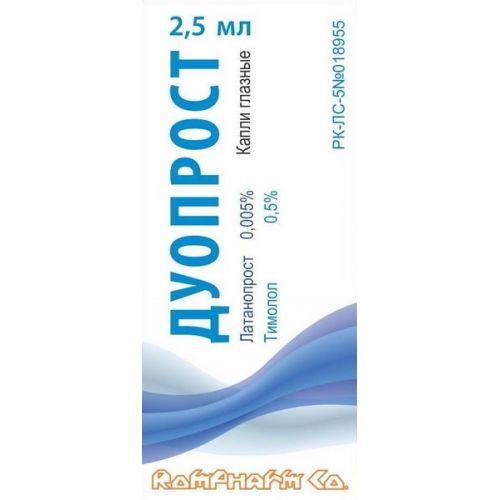
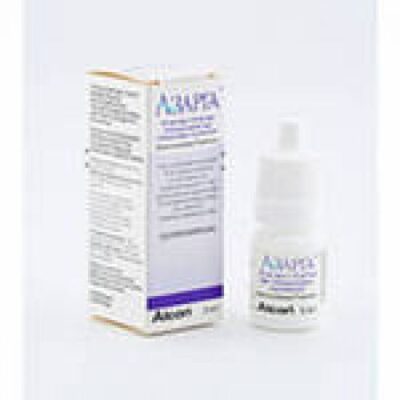
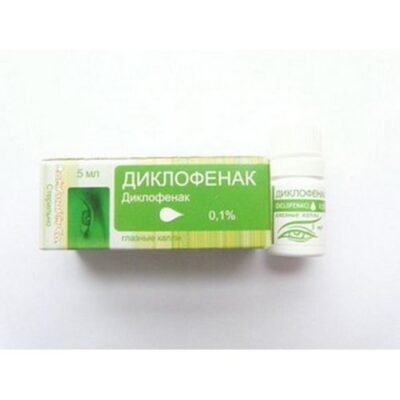
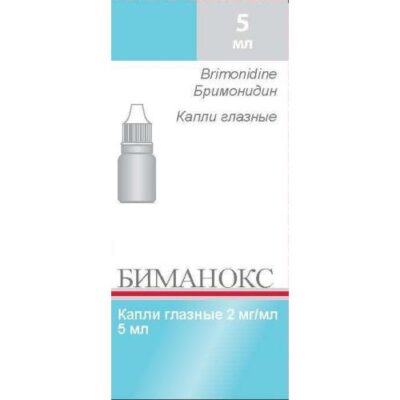
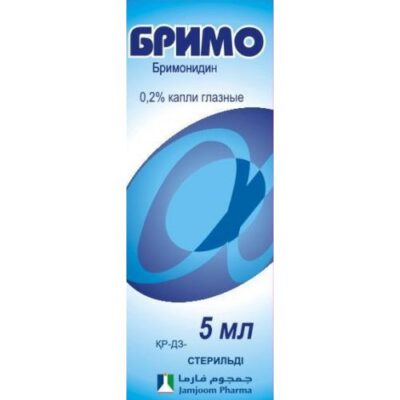
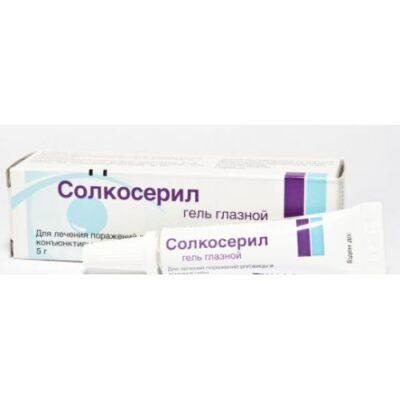
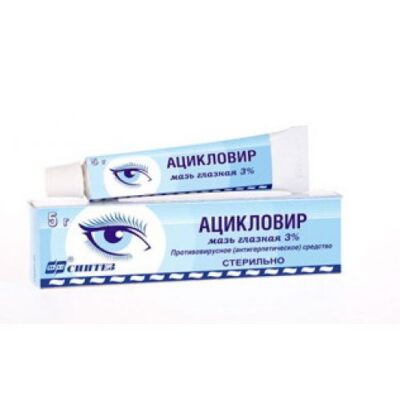
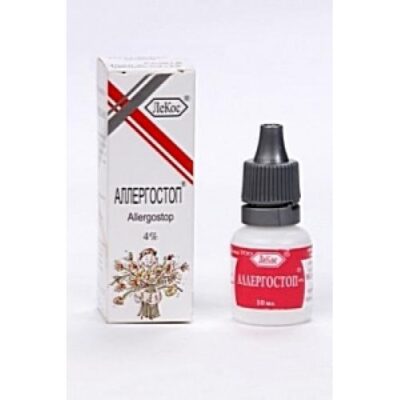
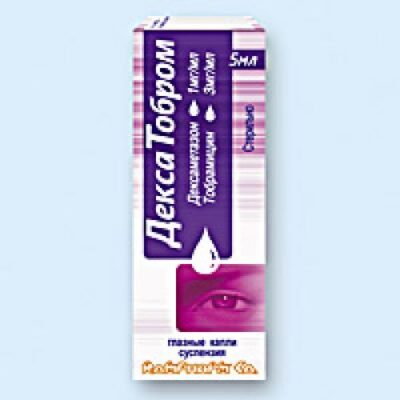
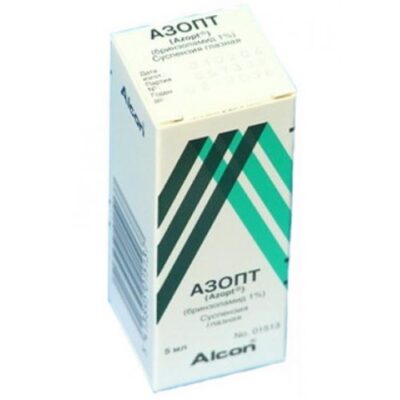
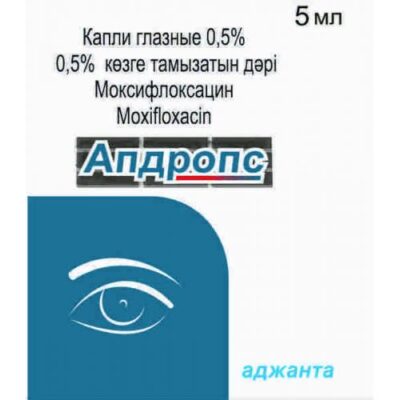






Reviews
There are no reviews yet.